Sharon Meieran
Doctor, Lawyer, and Former Multnomah County Commissioner
I was born in Palo Alto, California, the daughter of Gene Meieran, a scientist/mineral collector, and Roz Meieran, an artist/sociologist.
I grew up in the San Francisco Bay Area and attended UC Berkeley, majoring in Economics and English. I went directly to law school and practiced law in the Bay Area for seven years. I developed an expertise in trademark and copyright law and volunteered in children’s advocacy and family law.
At the age of 30, I decided to pursue my true dream of becoming a doctor. I remember it like it was yesterday – it was my 30th birthday, and I felt so old. But I realized I didn’t want to look back when I was 80, think how young I’d been at 30, and wish I had at least tried to pursue my dream. So I decided to go for it. It wasn’t easy, but I’ve never regretted it.
I took post-baccalaureate pre-med classes for several years while working as a lawyer, doing volunteer work at a clinic for underserved elderly, doing research around the impact of failing to translate hospital discharge instructions for people who did not speak English, serving as a Court Appointed Special Advocate (CASA) for a child removed from her home due to abuse, serving as a child abuse prevention counselor on a crisis line, and intensively studying Spansish while traveling in Mexico and Central America and working at an orphanage in Guatemala.
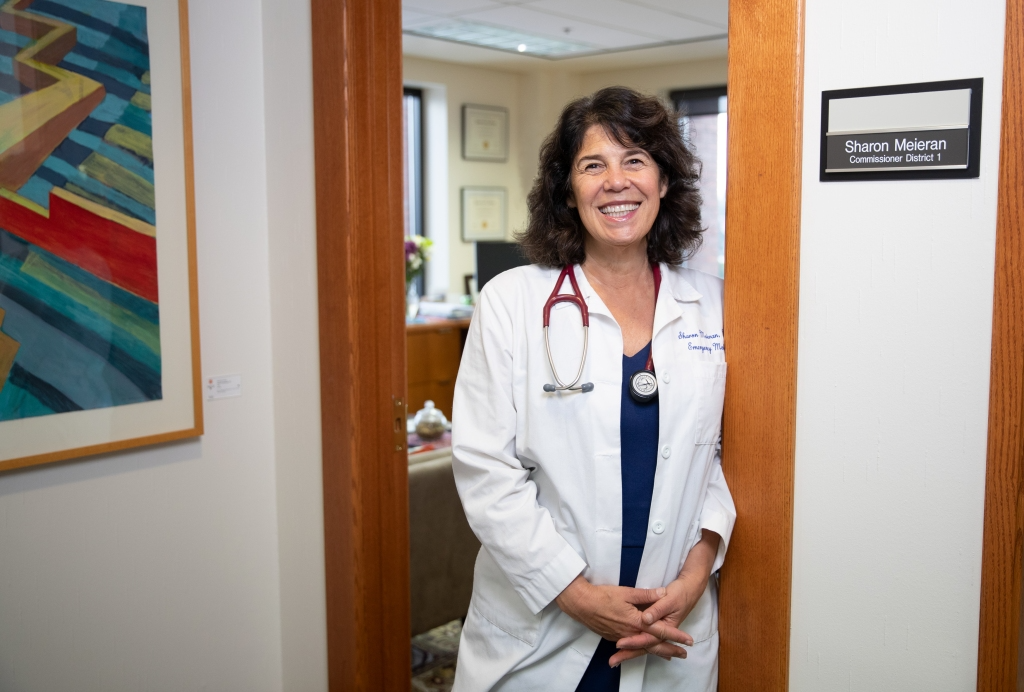
I attended medical school at UCSF in San Francisco, where I met my husband, Fred (a former professional musician). During med school, we spent a year doing volunteer international health work in Peru, Mongolia and Cuba. We also completed a sub-internship at the Native Medical Centre in Anchorage, Alaska. And after medical school, we completed residency in Emergency Medicine in Cincinnati, where our two children were born.
I must say, it was both challenging and comical to work as a flight doctor while eight months pregnant – I had to borrow the flight suit of one of the larger men in our residency program. I looked (and felt) like the Stay Puft marshmallow man. But it was an incredible experience.
After residency, our family moved to the West Coast and landed in Southwest Portland. Fred and I worked in local ERs and, from the beginning, I was committed to advocating for my patients, particularly for access to care for the marginalized and underserved people I saw every day in the ER. People who fell through the cracks in the systems of care supposedly designed to support them.
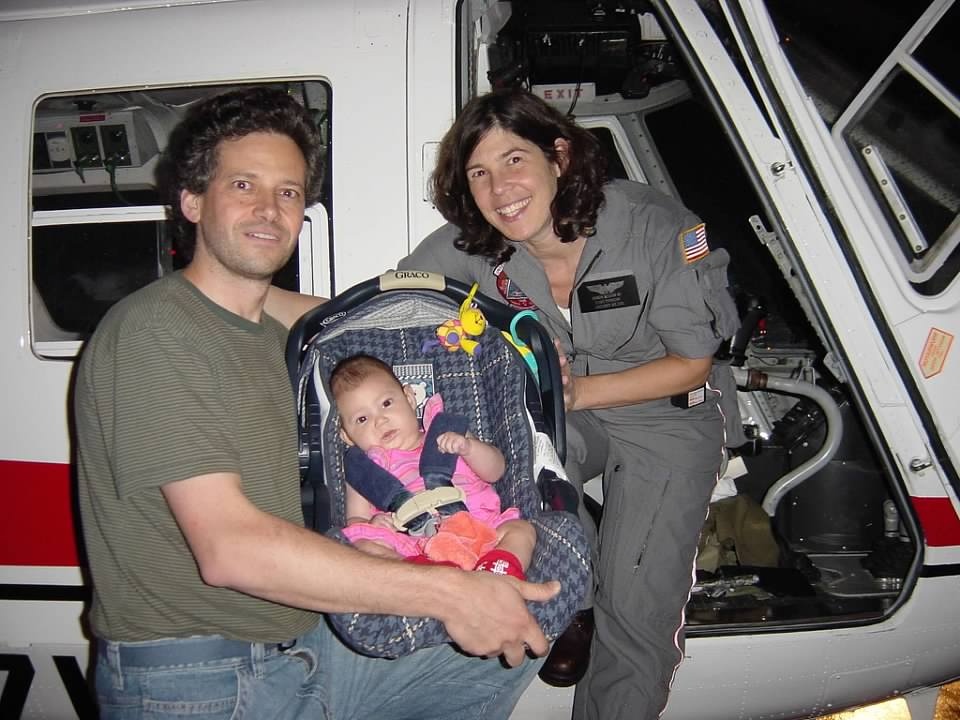
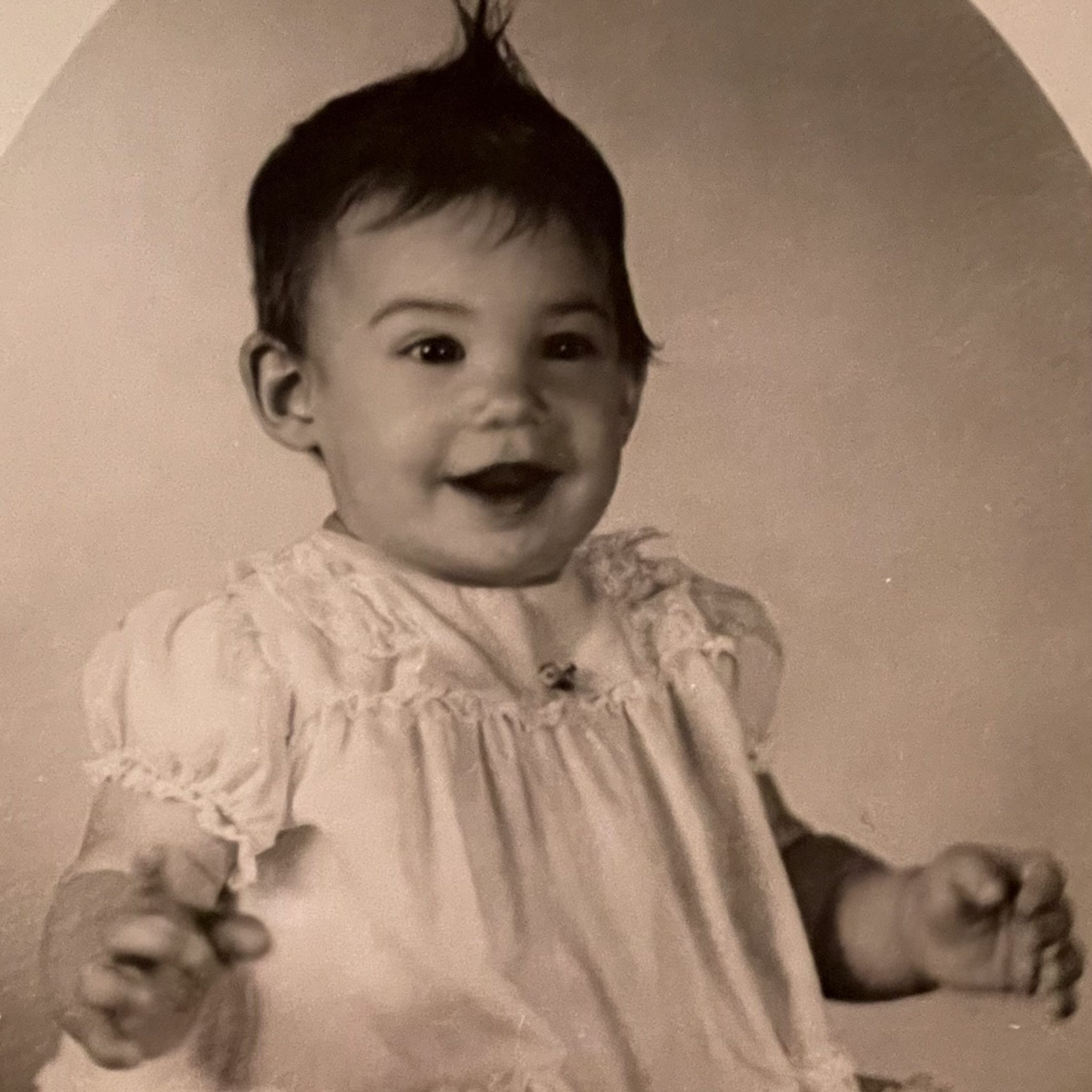
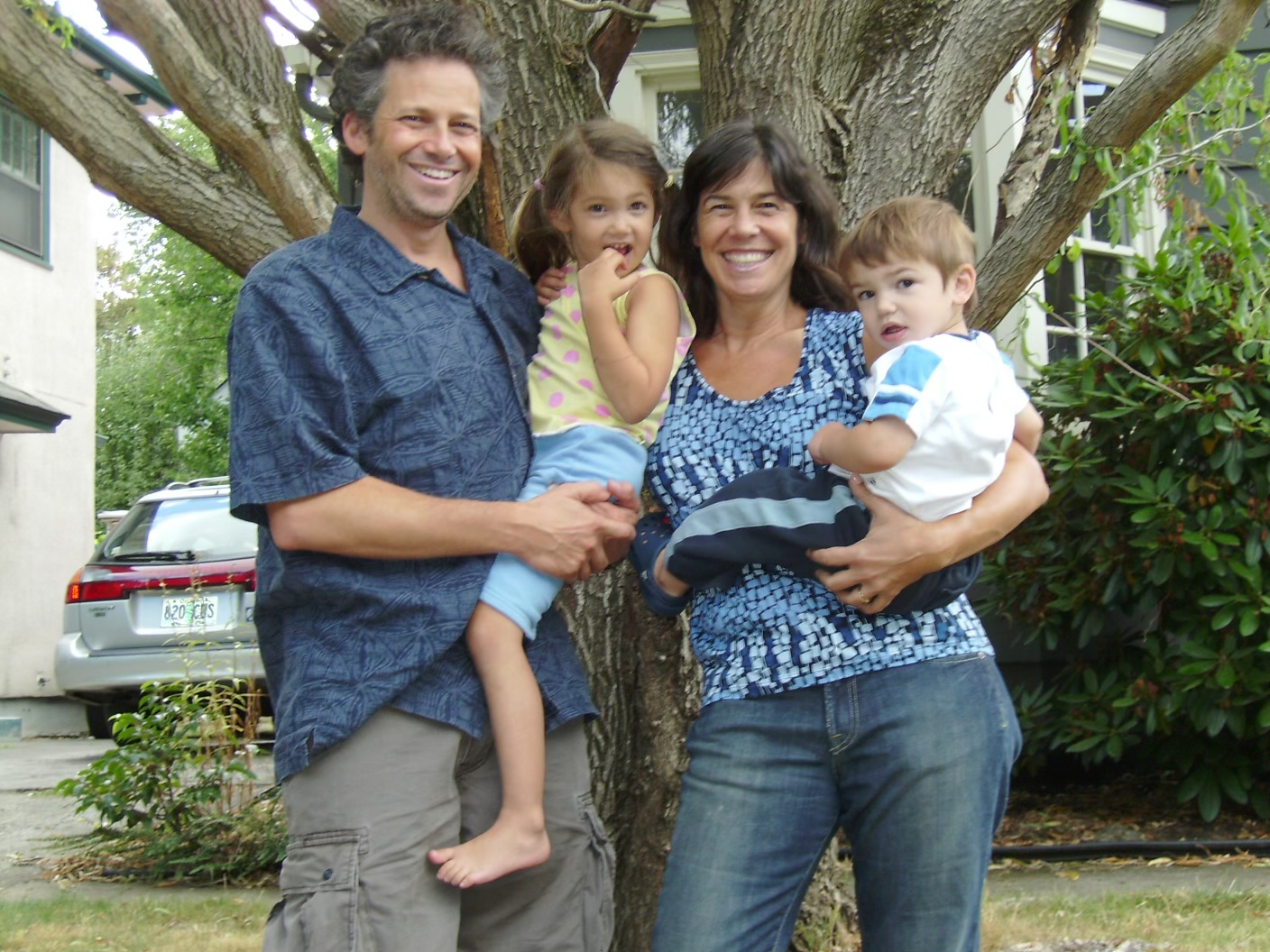
I attended medical school at UCSF in San Francisco, where I met my husband, Fred (a former professional musician). During med school, we spent a year doing volunteer international health work in Peru, Mongolia and Cuba. We also completed a sub-internship at the Native Medical Centre in Anchorage, Alaska. And after medical school, we completed residency in Emergency Medicine in Cincinnati, where our two children were born.
I must say, it was both challenging and comical to work as a flight doctor while eight months pregnant – I had to borrow the flight suit of one of the larger men in our residency program. I looked (and felt) like the Stay Puft marshmallow man. But it was an incredible experience.
After residency, our family moved to the West Coast and landed in Southwest Portland. Fred and I worked in local ERs and, from the beginning, I was committed to advocating for my patients, particularly for access to care for the marginalized and underserved people I saw every day in the ER. People who fell through the cracks in the systems of care supposedly designed to support them.
I also worked as the Medical Director for the Oregon Foundation for Reproductive Health. In that public health role, I advocated for a common-sense approach to decreasing unwanted pregnancies and making all pregnancies as planned, wanted and healthy as possible by asking One Key Question in the places women ended up, including primary care, substance use treatment, WIC, and other settings – “Would you like to become pregnant in the next year?”
I served in leadership capacities in hospital administration in areas of compliance and treatment of patients with mental illness, and advocated at the state level around policies involving addiction, mental illness, and coordination of care. I am particularly proud of three policies I championed that were implemented at the state level:
1- Adoption of the Emergency Department Information Exchange (EDIE) in all hospitals in Oregon, which enables clinicians and hospitals to identify and coordinate care for people cycling through multiple ERs, improving care while saving millions of dollars.
2- Introduction of a consistent statewide opioid prescribing policy from hospital ERs long before the media and the public caught on to the devastating crisis of prescription opioid overdose and deaths.
3- Adoption of the Prescription Drug Monitoring Program (PDMP) in Oregon.
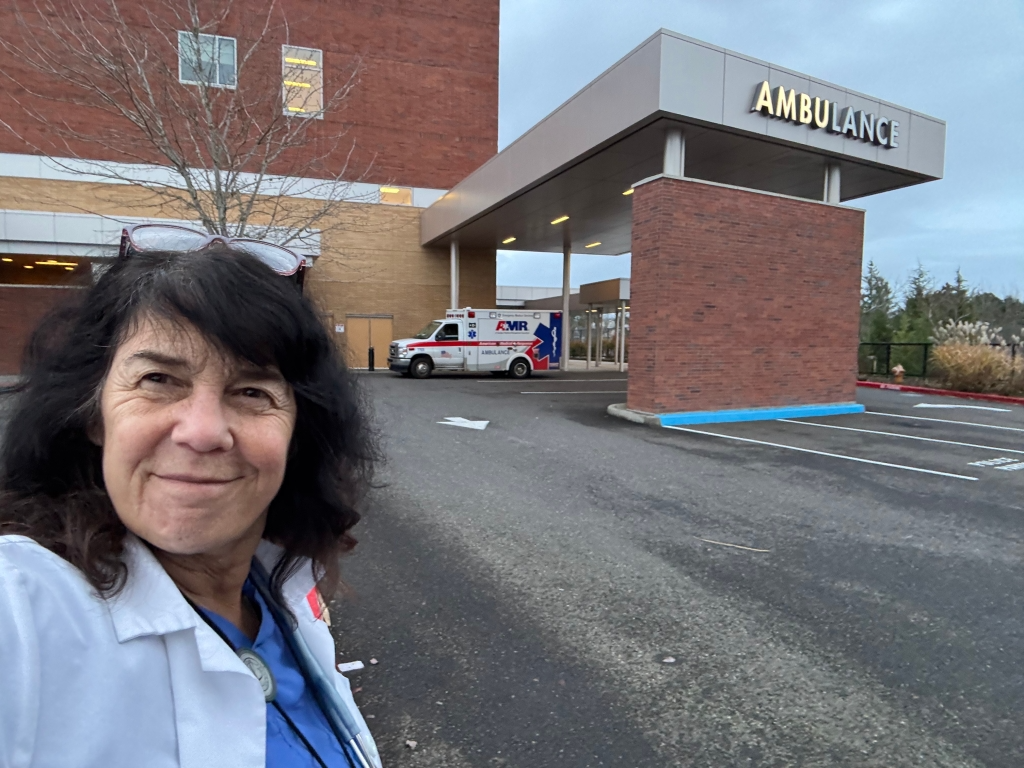
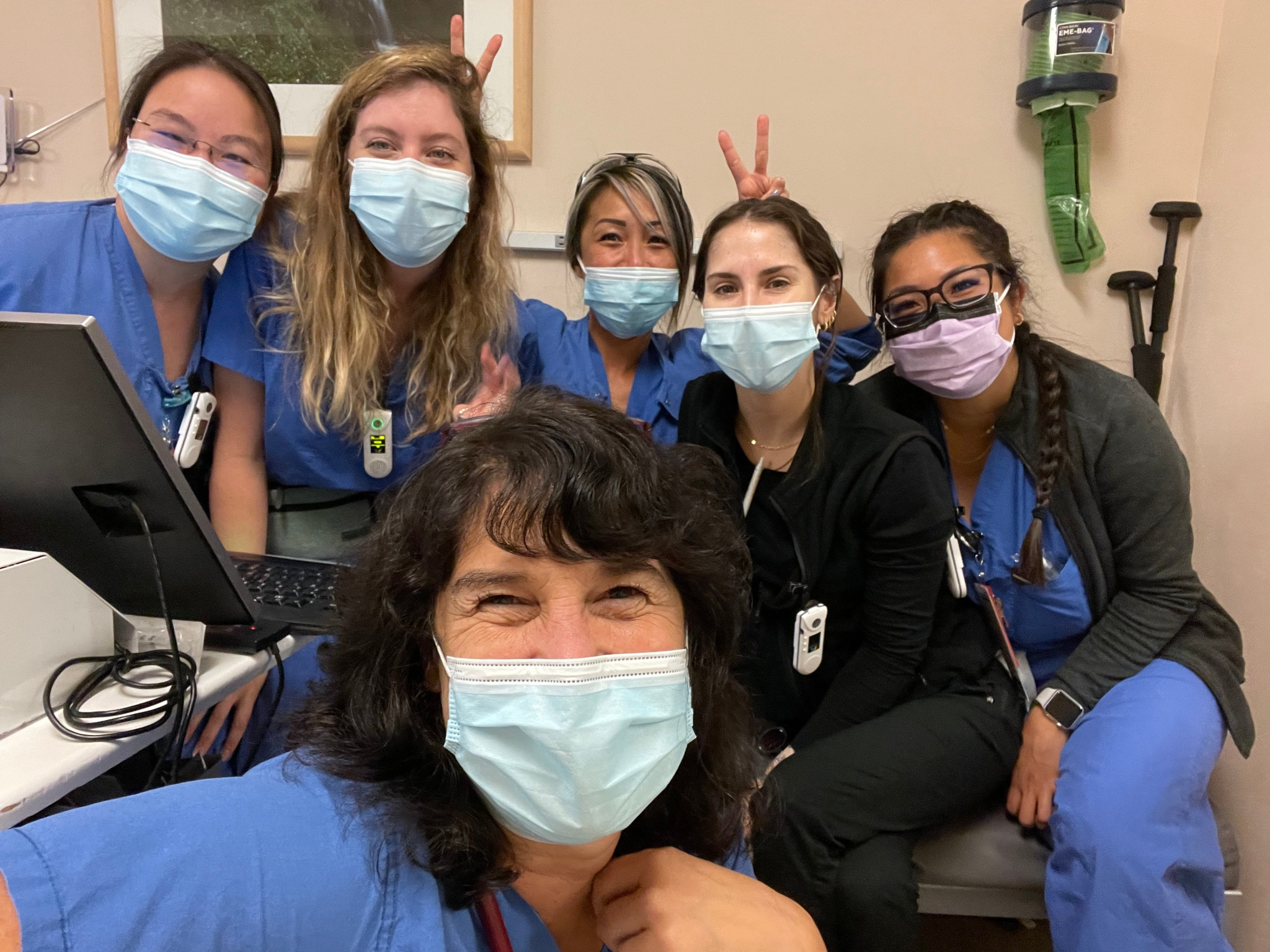
Meanwhile, as I continued to work in the ER, raise my kids, and serve as co-president of our Elementary School PTA, I advocated locally around areas of mental health reform, including serving on the original Community Oversight Advisory Board (COAB) overseeing the city of Portland’s agreement with the Department of Justice to address police use of force against people in mental health crises.
A few themes run through all of my endeavors: Collaboration, leadership, tenacity, an ability to understand connections and see the big picture, being willing to speak the truth, always focusing on the people doing the work on the front line and people with lived experience, and compassion and empathy. This was recognized in the awards I’ve been honored to receive throughout my career, including the Sadie Berkove fellowship for outstanding female graduate from UCSF, the Oregon Emergency Physician of the Year, the Oregon Medical Association Doctor Citizen of the Year, and Kaiser’s prestigious David Lawrence Service Award.
But the more people I connected with in the ER and in the community, the more I realized the impossibility of accomplishing the systems-level changes needed to address both root causes and crises related to homelessness, mental illness, and public safety as an individual physician. I found it frustrating having to rely on politicians with good intentions but no front-line experience and little understanding of the policies they were seeking to implement. And so, having a unique combination of expertise and skills in doctoring, law, and policy work, I decided to run for office.

In 2016, I was elected as the Multnomah County Commissioner representing District 1. My priorities were:
1- Behavioral health systems transformation.
2- Addressing homelessness.
3- Good governance.
4- Public health.
I served two terms and retired due to term limits at the beginning of 2025. During my eight years on the County board, I finally came to understand both the potential of our local government to address the critical issues facing our community and why our local government failed so completely at achieving its stated goals. At first, I sought to bring my experience and expertise to the County to constructively inform policy decisions and investments within the boundaries of the existing system. But I soon realized that suggestions for improvement were not seen as constructive, but viewed as criticism that was taken personally.
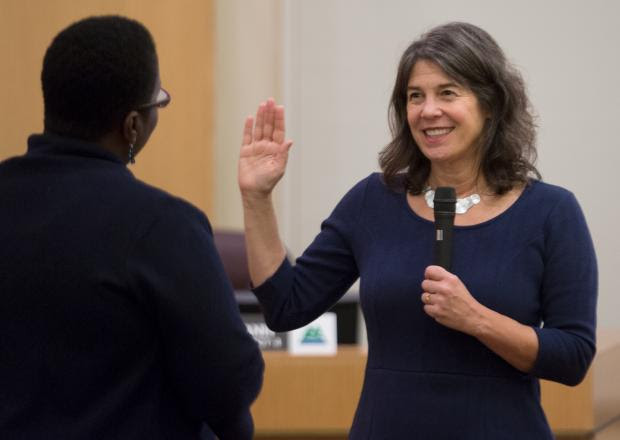
As my efforts to propose plans, policies and solutions were rebuffed at every turn, I came to understand the virtually absolute power of the County Chair. The Chair has exclusive authority to write the $4 billion County budget, set board agendas, include or exclude commissioners from policy conversations, serve as gatekeeper for all County data and information, and select department directors and other key personnel. The role of Chair amounted to a virtual dictatorship, where voices of dissent were often silenced or marginalized, and supporters were rewarded.
A culture of fear dominated the County as an institution, and organizations relying on County funding felt unable to criticize the County for fear of retaliation. Being in a unique position in that I could not be fired or lose my livelihood based on disagreeing with the Chair, I began to speak out on behalf of those who felt silenced. About dysfunctional policies and dysfunctional governance. About the waste of resources. About the lack of accountability. About the problems with the County budget and failure to account for millions in spending. About the lack of data and coordination. About the lack of any comprehensive, holistic plans to address homelessness, behavioral health, or any of the other core responsibilities of the County.
I recognized that the County’s policies were a house of cards built on a faulty foundation. Because there was enough money for decades, and no stressors rocked the boat, the County had been able to sail smoothly for years, even with its dysfunctional systems. But the underlying foundation began to crumble when we faced the confluence of the COVID pandemic, the racial reckoning related to George Floyd’s murder, and the Fentanyl crisis. And so, in 2022, I ran for County Chair to rebuild the foundation for the County and create the systems and structures that would both respond to current crises and weather future storms.
After getting massively outspent, I narrowly lost the race for Chair, but during my remaining years in office, I doubled down on my efforts to support the core work of the County in behavioral health, homeless services, and good governance. I continued to offer my support and assistance, but they were rejected by the incumbent leadership.
I watched as hundreds of millions were wasted that could actually have been used to solve our county’s biggest problems. As turnover in leadership of core County departments reached unprecedented levels. The Chair’s lack of vision, failure to understand the subject matter or core work of the County, and failure of accountability resulted in crisis after crisis. And as a lack of leadership, planning, and a sense of urgency resulted in the County flailing in the storm.
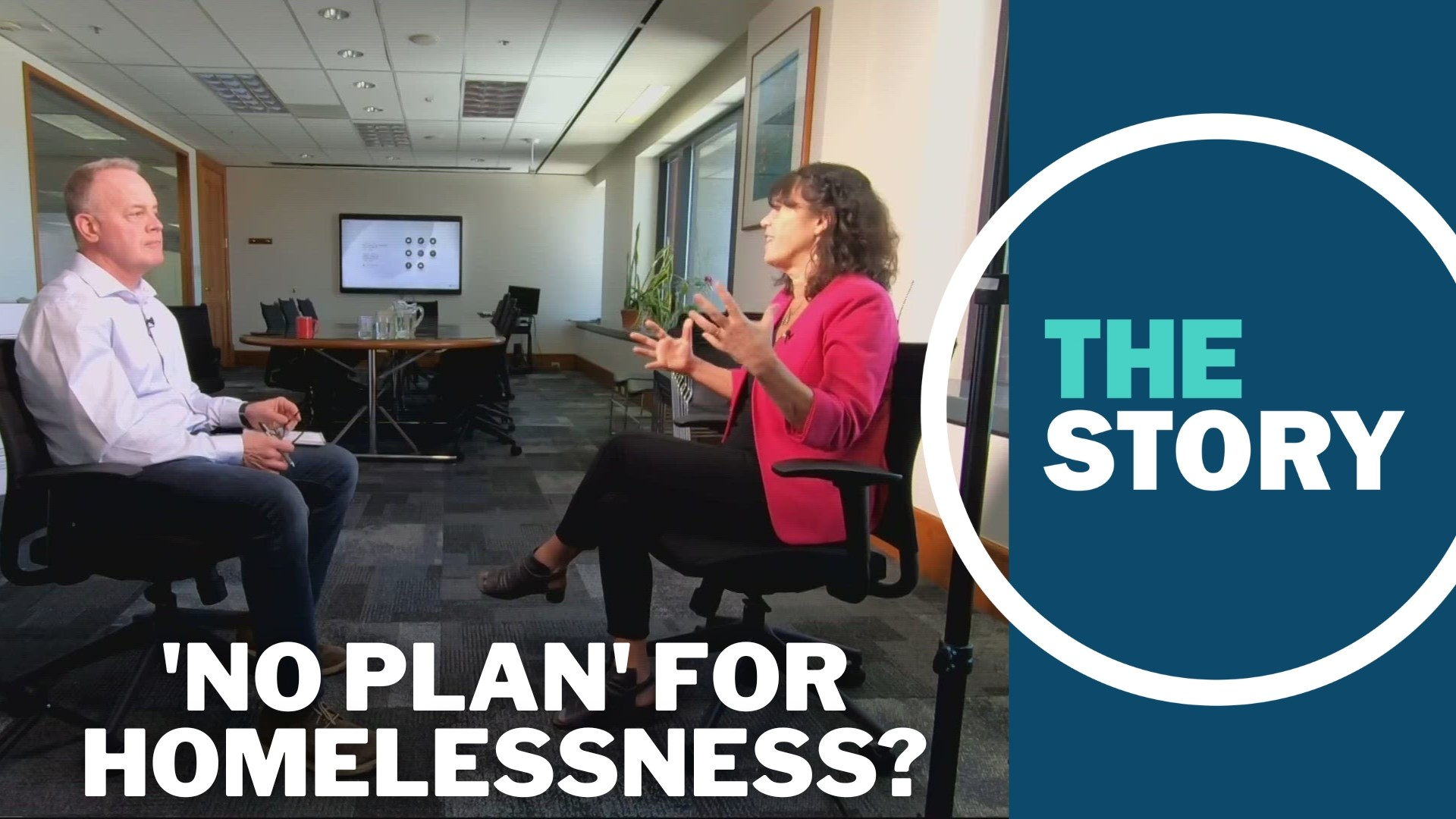
Despite all the challenges, including a Chair and a board that would not entertain alternative ideas, I was able to achieve some big picture change. I changed the narrative around homelessness, and set the foundations for creating a functional homelessness-to-housing continuum, creating a holistic person-centered behavioral health system, and demanding accountability and transparency in County governance. Meanwhile, I ensured that the County’s ambulance crisis was addressed, even though the Chair acted almost two years too late; introduced innovative policies to address critical environmental and public health risks posed by the Critical Energy Infrastructure Hub; and always showed up on the front line and in the community.
I believe that critical thinking and constructive dialogue are keys to good governance and creating systems that work. In fact, they are fundamental to core democratic values. Speaking truth to power is hard, and in many ways it’s even harder when those in power supposedly share your same values. While it wasn’t easy being a lone voice for change on the County board, I heard from many people that it gave them hope to see someone calling out our failed systems and proposing solutions. My reputation as a truth-teller, a systems thinker, and a problem-solver was hard-earned, but I wouldn’t change a thing. Those who are afraid of constructive disruption should not be leading.
Right now, we need a single reliable source for information about our local government – the good, the bad and the ugly. Many people have misquoted me or misinterpreted my actions during my time in office, but here you will hear from me directly. You will have an opportunity to ask questions that I’ll answer directly to the best of my ability. And we can have the conversations that politicians too often seek to avoid. Many people know a lot about different pieces of our systems – politics, behavioral health, homelessness, public safety, accounting. But knowledge of one piece of the puzzle is not sufficient to change the trajectory of the County.
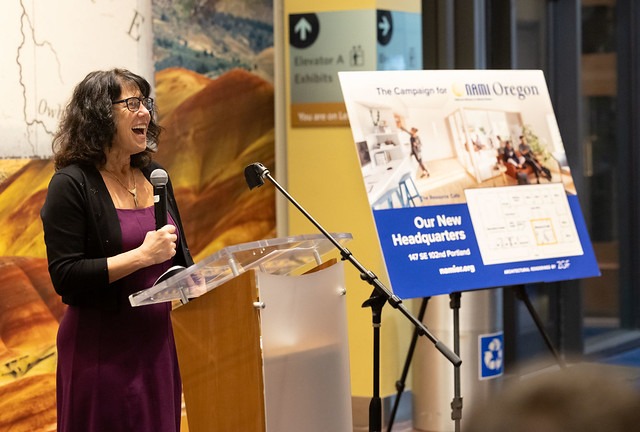
What I bring is a unique combination of institutional knowledge, policy background, decades of involvement in the core work of the County, and front-line experience of how County policies play out in the real world.
My unique background, experience, expertise, and relationships allow me to do the one thing that can turn our County around – connect the dots. As I’ve thought about next steps after serving on the County board, I decided to put together this combination website/blog/newsletter/commentary because this information is simply not otherwise available. It is aimed at people who do not simply accept the status quo at face value, who are critical thinkers, and who question what they read in the paper. It’s for those who truly want to know about and then do something about what’s really ailing our community.
I wake up every day and try to do the best I can to make this world a better place, using what I know to help impact the people, places and issues I care about.
I hope you will join me on this journey.
In good health,
Sharon